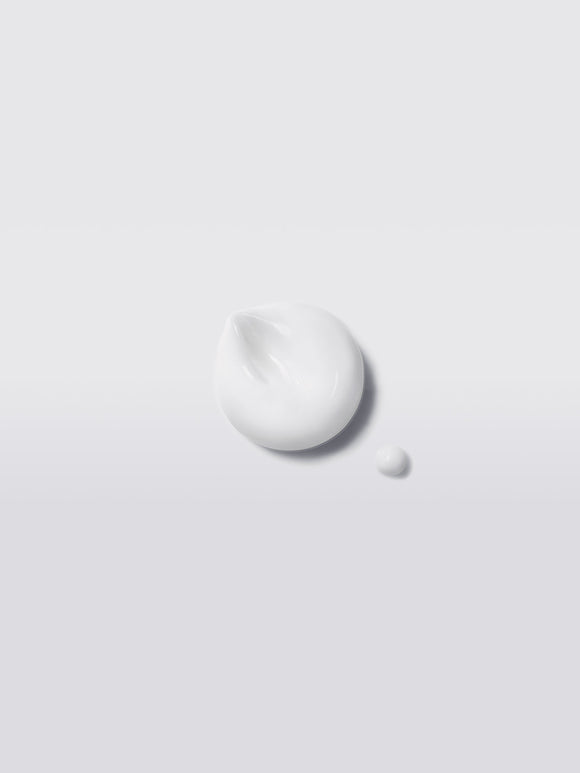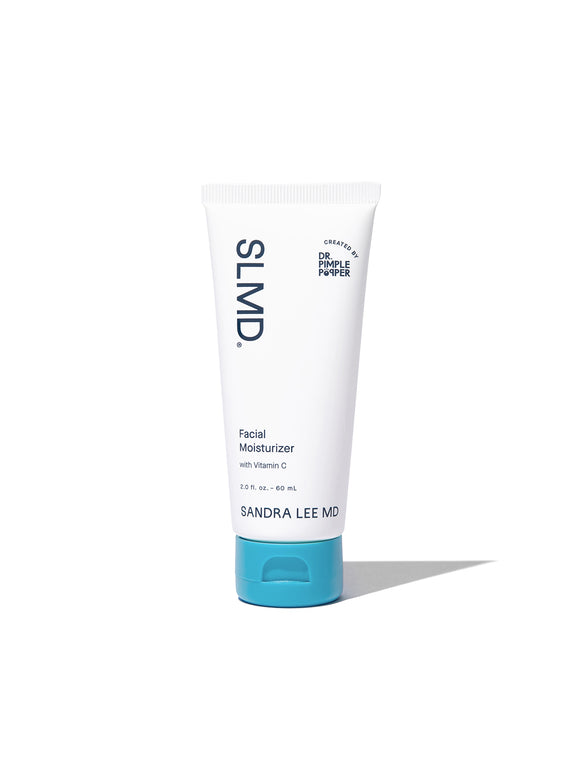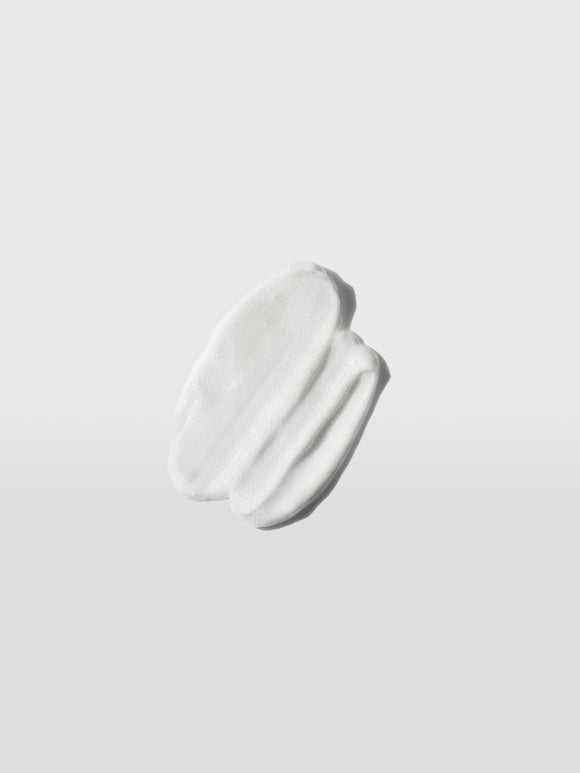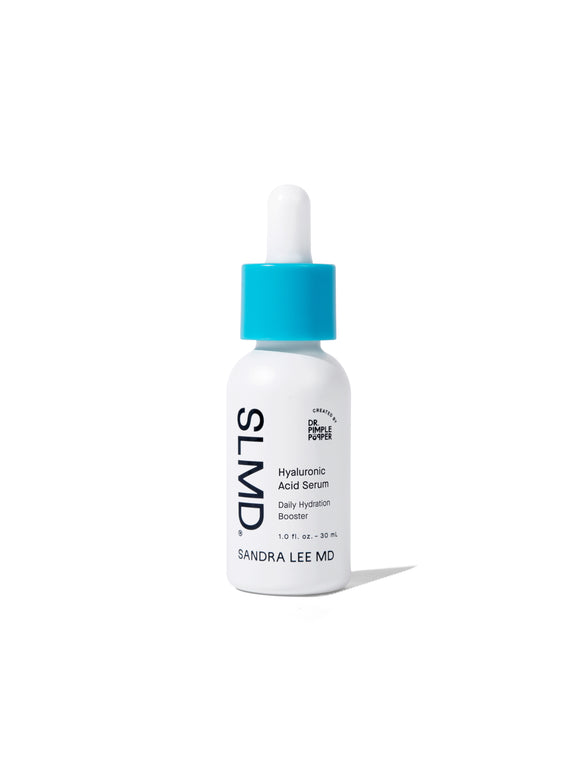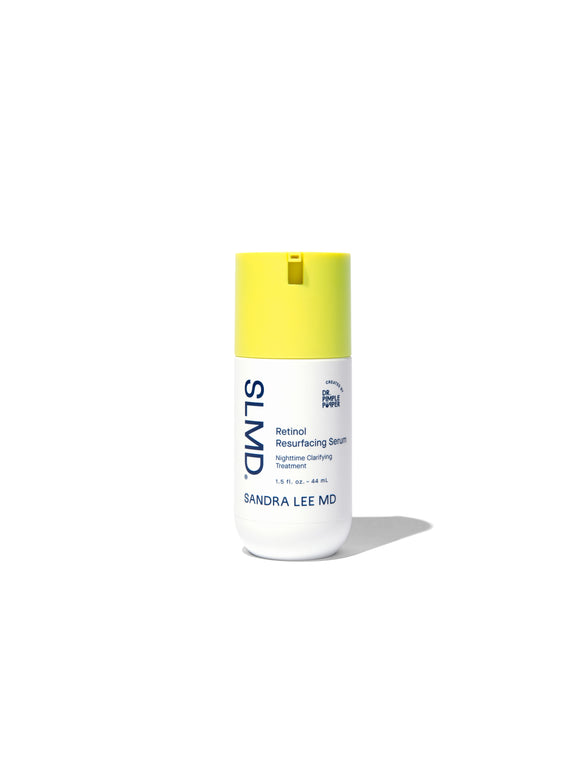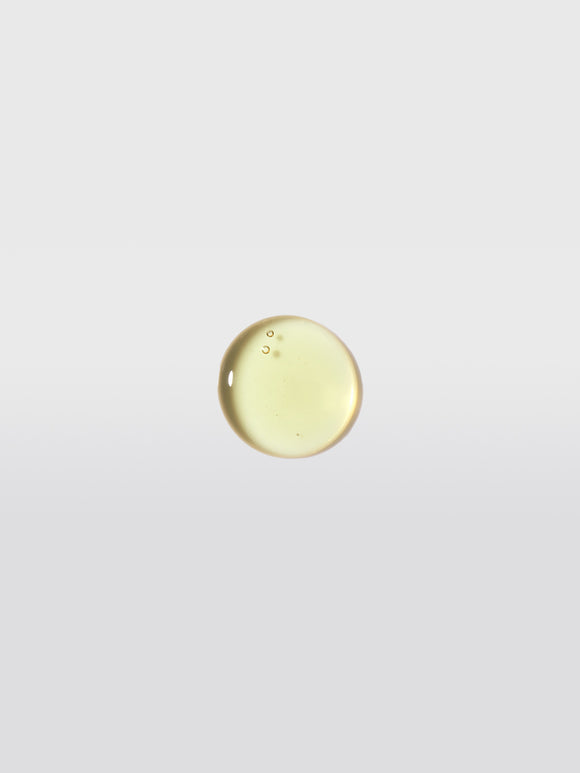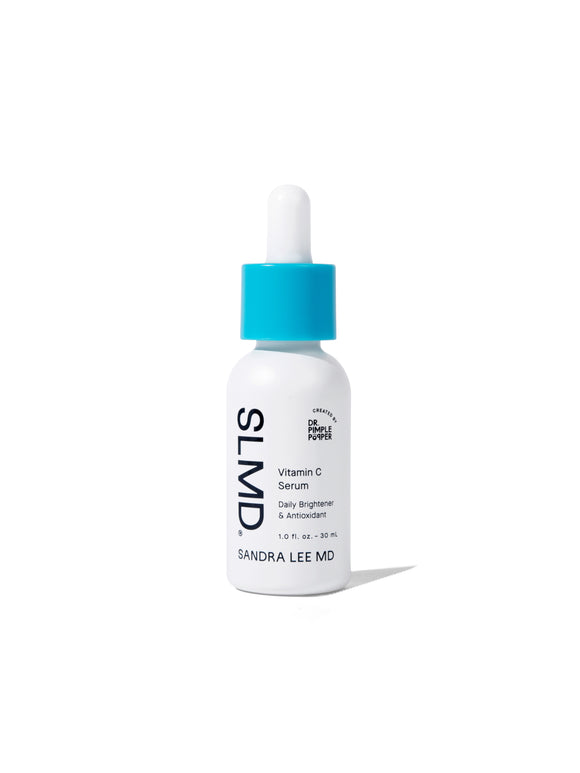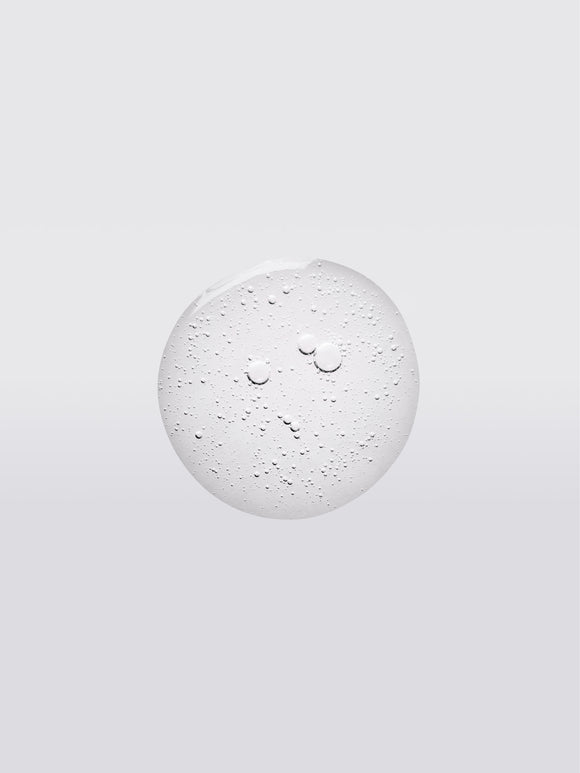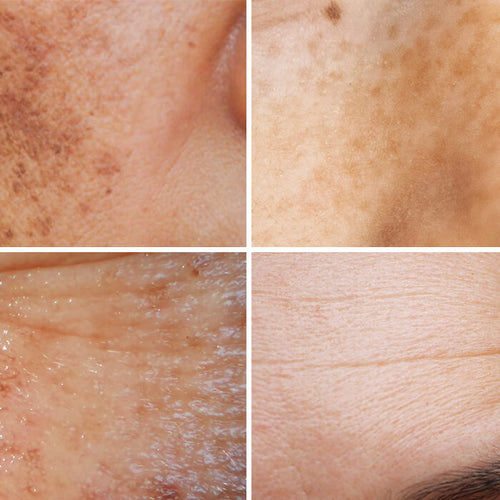
5 Vitamin C Myths, Debunked
With all the buzz surrounding vitamin C, it’s no surprise that there’s a lot of false information floating around. While we’re definitely in favor of incorporating this antioxidant into your routine, the details aren't always clear. So we’re taking a look at 5 common vitamin C myths, and separating fact from fiction.
Published:
4 minute read
With all of the buzz surrounding vitamin C — not to mention the tongue-twisting assortment of chemical varieties — it’s no surprise that there’s a lot of false information floating around. While we’re definitely in favor of incorporating this antioxidant into your routine, there are a few things to keep in mind: like what type, when to use it, and how to combine it.
Here, we’re taking a look at 5 common vitamin C myths, and separating fact from fiction.
#1 The best vitamin C formulas are super expensive
Let’s deconstruct this one a bit: it assumes there’s one “best” type of vitamin C, and that it’s the one that costs the most. But if you’ve been paying attention, you already know that more or stronger isn’t always better — and that how ingredients interact together in a formula is just as important as those individual ingredients.
You might recall that there are many different types of vitamin C, including the highly-unstable (but most potent) L-ascorbic acid, and the very stable (but less potent) forms, like ascorbyl glucoside and sodium ascorbyl phosphate. While strong formulations of vitamin C may work faster, they’re also more likely to cause irritation — much akin to the difference between prescription retinoids and OTC retinol. Moreover, unstable L-ascorbic acid breaks down quickly (i.e. oxidizes) when exposed to air and light.
Translation: if you can only use your highly potent (and possibly expensive) vitamin C product occasionally because it’s irritating, it will probably go bad before you get through the bottle.
So what is the best vitamin C formula? The one that works for your skin type, concerns and routine — experiment until you find one you like.
#2 Vitamin C stains your skin
This has to do with what we talked about up above: when unstable forms of vitamin C interact with light and air, they oxidize, turning orange or brown. Remember that oxidation is the loss of electrons from reactive molecules — it’s what makes vitamin C such an effective antioxidant because it donates those electrons to neutralize harmful free radicals.
So if your vitamin C formula isn’t stable, over time it will change color, even if you seal the bottle tightly and keep it in the dark. When you apply the oxidized product, the formula will temporarily color your skin. However, this means that your vitamin C has lost much of its effectiveness, anyway.
If you find that your L-ascorbic acid product is oxidizing before you use it up, try a version that’s stabilized — meaning it’s been chemically altered not to be so reactive. SLMD Vitamin C Serum is formulated with 3 types of stable vitamin C, so it won’t lose efficacy the same way that reactive formulas can.
#3 You have to use vitamin C in the morning (or night)
There’s a bit of a debate going on about the best time to apply your vitamin C. It goes something like this:
- Morning is the best time to use vitamin C, because it’s been shown to help protect skin from environmental damage like pollution and UV rays.
- Evening is the best time to use vitamin C, because it’s so reactive that it breaks down when it’s exposed to sunlight.
So which of these is true? It depends on a couple of factors:
- The formula: If you’re using a stable form of vitamin C, you can use it in the morning, evening, or both, as tolerated. Some experts recommend saving highly reactive forms of vitamin C for evening, while others say it’s fine to use during the day.
- Your skincare routine: If you use benzoyl peroxide, retinoids, or copper peptides, it’s best not to directly layer them with vitamin C. Alternate day/night or every other day.
If you do apply vitamin C in the morning, make sure to follow it with sunscreen, to help maximize its benefits and prevent any kind of product breakdown.
#4 Sensitive types can’t use vitamin C
Besides being highly reactive, high potency forms of vitamin C (like L-ascorbic acid) are also very bioavailable — meaning your skin really doesn’t need to do much before the product can go to work. This makes them very strong, which might not be ideal for sensitive skin types.
The more stable formulations, however, are chemically altered, so your body needs to rearrange some molecules and turn them into usable ascorbic acid. This means they’re not as potent, and they’re not as potentially irritating, either. You’ve heard us talk about this concept with retinol before: you’ll still see results, but you need to be patient.
#5 You can’t combine vitamin C with other acids
The short answer: it depends on the acid, and your unique skin. Here’s a roundup:
- Retinol: Broken down by the body into retinoic acid, it may cause irritation when combined with high potency vitamin C, so it’s best to alternate.
- Ferulic acid: Some studies indicate that this potent antioxidant not only helps stabilize vitamin C, but also boosts its effectiveness.
- Glycolic acid: Exfoliating with AHAs like this may help optimize the effects of vitamin C, but the combo may be too strong for some — so consider staggering application.
- Hyaluronic acid: This plumping hydrator is often added to vitamin C serums to help soothe potential irritation.
- Kojic acid: A skin-brightening antioxidant derived from fermented rice, this ingredient paired with vitamin C may improve the look of hyperpigmentation.
Dr. Lee’s last word
Vitamin C is one of those nutrients that’s very important for skin health, because it’s critical for so many functions — from neutralizing free radicals to stimulating collagen production. I always tell patients to eat plenty of fruits and veggies rich in vitamin C, and to apply it topically if they want that extra boost.
—Dr. Sandra Lee




